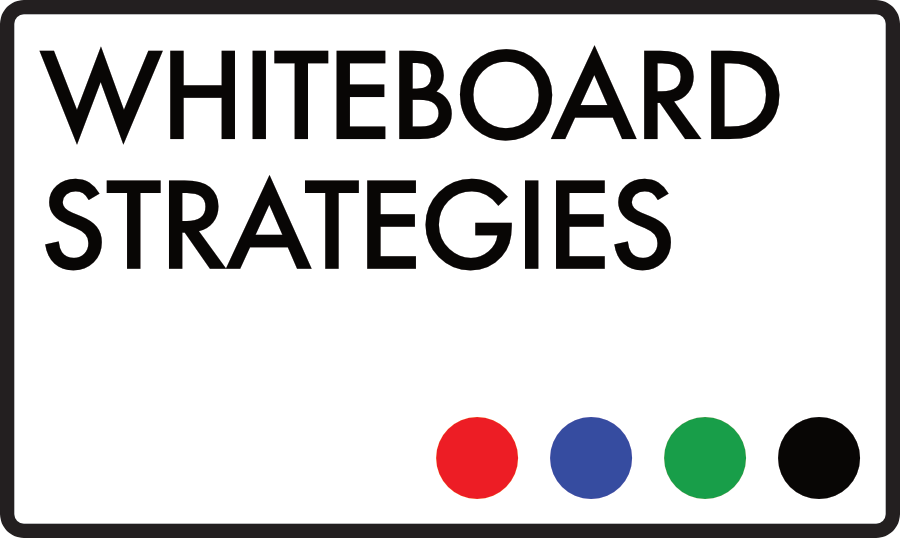Sales forecasts, like weather forecasts, are useless unless they’re accurate. They’re not a wish list. They’re not a platform for bravado and bullshit. They’re just there to tell leaders what they need to know.
Accuracy is essential. If leaders are prepared they can plan ahead. If they aren’t… well, they can’t.
Here’s the vital distinction – forecasts are never about telling leadership and stakeholders what they want to hear, they’re about telling them what they need to know.
So WHY are forecasts getting faked? WHY do you constantly have to wade through exaggerated numbers and inflated pipeline?
The first reason is simple: there are a lot of terrible sales people. People who might not even have enough of a handle on things to know that they’re lying to you – people who are only still with you because incompetence isn’t a sackable offence anymore. What a time to be alive.
Other reps and managers know what they’re doing, padding their pipe with old deals with no pulse and no momentum. They think they’re protecting themselves, making their performance look better – but conversion rates will be abominable. Other managers might get ‘clever’ with the numbers – stringing out sales cycles into the next quarter when they’ve already hit their number.
Many sales organisations operating at scale exacerbate these human issues with forecasting and accountability structures that encourage manipulation, and training that inspires managers to choose appeasement over accuracy.
So take it in hand. Address your hiring and onboarding. Draw a clear distinction between targets and forecasts, and create a functional relationship between the two. Make sure you’ve got a solid deal review process in place.
Teach reps and managers that lean pipelines that deliver beat stacked, lifeless pipelines every time. Ensure reps know exactly what they need to know—decision makers, budget allocations, acquisition processing and how to align their sales cycle to their prospects.
This vital information is all best communicated, understood and retained if it’s delivered visually, obviously. Read more about that here.
Bottom line is vital, but it’s not the only metric. If you’re committed to creating CRM jockeys instead of salespeople then talk to your managers about measuring, monitoring and analysing critical stages in pipeline. That will give them valuable insight into how to hard qualify leads, where prospects are converted and where you’re losing people.
Michael Fish’s famous ‘hurricane’ forecast blunder back in 1987 was significant enough that it changed weather forecasting forever. Forecasters now tend to predict the worst possible outcome of an uncertain situation, rather than the best…. food for thought for sales leaders…
Want more free sales insight direct to your inbox every month? Use the newsletter sign up form in the footer of this page, and don’t forget to connect with Mark on LinkedIn to talk sales, training, visual comms and more.
– Tom @WSL

Recent Comments